"Does anyone think this forest is old growth?"
We're standing at the first junction along the Thunder Creek Trail from Colonial Creek Campground in a lush green forest thick with trees. I look around for the big old trees I've always associated with old growth here in the Pacific Northwest, but see mostly small, thinner trees with just a few big-ish trees. I figure I've got this:
"No."
I don't think anyone of our group of eight or so hikers says yes.
"It is indeed," says Max Thomas, North Cascades Institute environmental education staffer who is leading the hike this morning.
I guess this veteran Northwest hiker/former environmental activist (me) can always learn something new about our forests.
 |
| NW native Devil's club. Don't touch! |
- Pits and mounds (uneven forest floor where trees have fallen and decayed in place, becoming nutrients for new trees and undergrowth)
- Variation in tree size (not the same-age trees you see in planted forests)
- Less than five percent light filtering through the trees
What I've always considered old growth forest is what Max explains is a climax forest, with predominantly huge old trees (huggable, like the one pictured below on the Heather Lake Trail). There are several stages of old growth, as Max explains, and forests are always evolving.
We're hiking a couple miles up Thunder Creek from the campground as part of a getaway weekend at the North Cascades Institute Environmental Learning Center. I'm doing the hike mostly for the exercise and some Shinrin-yuko, or "forest bathing" (a whole 'nother blog post.)
But the environmental education aspect is also quite enjoyable.
About a mile along we come to a cluster of BIG old western red cedar just off the trail. These impressively large trees are several hundred years old, says Max.
This much-revered tree species likes to have its feet wet in a more moist, damp climate/soil. (Does a tree have feet? Okay, roots. But feet is more colloquial.) The Northwest Coast Salish peoples had several names for western red cedar, including Long Life Giver, Rich Woman Maker and Mother.
As we continue toward the first bridge across Thunder creek (at the 2-mile point), I fall behind the group when I can't resist stopping to shoot this colorful red columbine, a favorite wildflower.
When we reach the bridge and look downstream, Max tells us Thunder Creek has the most glacier melt flowing into the basin of any stream basin in the U.S. Lower 48. All the glacial "flour" makes for the lovely aqua-colored water.
Our hike is officially over here, but some of us continue up the trail a ways before turning back. In the North Cascades National Park complex, Thunder Creek is a gateway to an extensive network of trails popular with backpackers.
For today, though, we're enjoying the lower trail with rich old growth forest and understory.
Do you have a favorite old growth hike? Would love to hear in the comments below.
Happy trails and thanks for visiting Pacific Northwest Seasons! In between blog posts, visit Pacific NW Seasons on FaceBook, Twitter, and Instagram for more Northwest photos and outdoors news.
When You Go
Thunder Creek Trailhead is next to the amphitheater at Colonial Creek Campground on Thunder Arm off Diablo Lake in the North Cascades National Park/Recreation Area complex. It's near the western end of the North Cascades Highway, along the Cascade Loop. From the Seattle area, it's about a 3-hour drive via I-5 north, then west on Highway 20. You don't need a pass to park here! However, on a sunny early June weekend the parking area was full by late morning.
















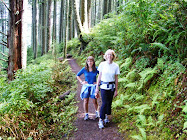

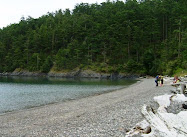
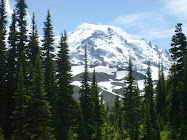





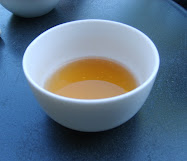
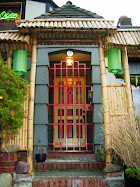



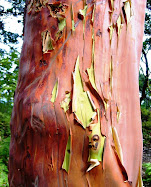

5 comments:
This looks to be a hike accessible to old folks like me -- on a weekday. What a joy it would be. We used to rent mildewed little cabins at Diablo before it fixed itself up, and climb to the snow on Cascade trails. Your posts are like being there again.
Ah, I'm happy to bring you back to joyful memories through my posts! Yes, this would be a very manageable hike for most everyone. Hope you make it out there this summer.
Jill, 2015 saw the last of my Port Orford cedars bite the dust. After losing most of a line of them planted around 50-60 years ago on the front property line in the farm house yard. Had a discussion with our arborist and the sad news is root rot. Hated to see the last one go but the little darlings stand around looking innocent and healthy and boom over they go in a wind storm. Hard to lose mature trees but what is certainly more horrifying is the widespread loss of these trees in the "wild". Up and down the coast, these trees are dying from this nasty pest. So, most cedars are probably OK but these lovely trees are probably doomed. Mary Lou
Thanks for the visit to my blog, Jill. I couldn't find the reference to Corallorhiza mertensiana on your blog but enjoyed the description of your Thunder Creek hike and some of the other hikes you've been on.
Hi Ron! Yes, I didn't show what I think is western coralroot on the blog, just my FaceBook page. Thanks for visiting my blog too! Happy trails,
jill
Post a Comment